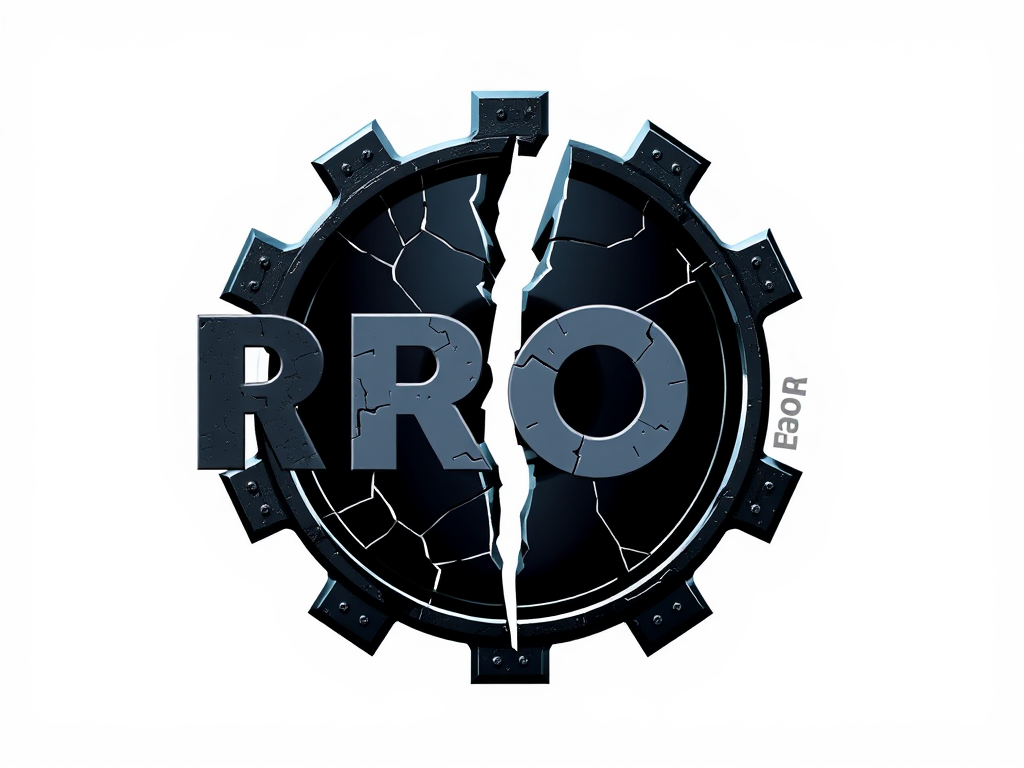Choosing the right PLM software transforms how companies manage product development from concept to retirement. Efficiently connecting design, production, and supply chains ensures fewer errors, faster launches, and better quality. Exploring leading PLM solutions reveals how integrated data and emerging technologies like AI and IoT can unlock streamlined innovation and operational savings across the entire product lifecycle.
Understanding PLM Software: Purpose, Features, and Market Expectations
In the world of product lifecycle management solutions, PLM software acts as the central nervous system streamlining every stage a product encounters, from initial brainstorming through to sustainable end-of-life planning. Right at the heart of this model is Quick access, ensuring immediate reach of up-to-date, accurate data across distributed teams and stakeholders.
Also read : How Does High-Tech Computing Impact Environmental Sustainability?
A robust PLM serves much more than engineers. It creates a unified digital product definition spanning concept, product development lifecycle, production, maintenance, and even recycling or disposal. Modern PLM platforms offer a centralized product repository that breaks down silos, increasing transparency and traceability through every phase. This unified data thread minimizes loss or duplication, accelerates design cycles, and reduces costly errors that might otherwise go unnoticed.
Essential features now expected from advanced lifecycle management software include:
In the same genre : How Does UK High-Tech Computing Influence Global Technology Trends?
- End-to-end integration with CAD, ERP, and supply chain tools for seamless data flow
- Secure collaboration hubs enabling remote, multi-disciplinary design review and real-time feedback
- Advanced configuration management, version control, and bill of materials management
- Compliance traceability, quality control mechanisms, and robust security to protect intellectual property.
By delivering these capabilities, PLM tools not only streamline internal workflows but adapt readily to fast-evolving market demands for digital product development and mass customization.
Core Benefits of Effective Product Lifecycle Management
Improving efficiency and engineering collaboration
Product lifecycle management solutions serve as a foundation for modern engineering teams aiming to accelerate delivery while curbing errors. By centralizing data in engineering collaboration platforms, stakeholders gain access to precise information — from preliminary sketches to final production details. This extends to robust product data versioning, which guarantees every iteration is traceable, minimizes confusion, and enforces accountability during each engineering change. As a result, inefficient manual reconciliation is replaced by seamless integration and alignment between contributors, helping firms deliver innovations quicker and with fewer costly missteps.
Streamlining data flow and breaking down silos for synchronized innovation
Siloed departments slow digital product development. Modern product lifecycle management solutions, equipped with real-time digital workflows, overcome this by connecting CAD systems, manufacturing process management tools, and supplier interfaces in one digital master data environment. When engineering collaboration platforms and product data versioning combine, the entire lifecycle—from requirements through manufacturing—remains consistent and reliable. This ensures synchronized updates, reduces duplication, and helps dispersed teams focus on value-added tasks instead of reconciling misaligned data.
Enhancing product quality, traceability, and speedy market delivery
Integrated product data versioning provides a comprehensive audit trail, improving product quality control and compliance. Real-time digital workflows highlight bottlenecks quickly, empowering teams to correct quality issues before they escalate. Easy access to accurate data reduces rework and accelerates the time-to-market, reinforcing why strong product lifecycle management solutions and collaborative engineering platforms are considered essential for leading-edge manufacturers.
Evaluating and Comparing Leading PLM Solutions
Cloud-based product development has rapidly shifted the expectations organizations place on PLM software vendors. The major PLM software vendors—such as PTC, Siemens, and SAP—have advanced their solution ecosystems to accommodate integrated CAD integration solutions, robust document management systems, and advanced supplier collaboration platforms, alongside comprehensive regulatory compliance software. These reflect the industry’s need for seamless, secure data sharing, supporting collaboration wherever teams operate.
When comparing these platforms, key differences emerge in innovation support, ease of integration, usability, and scalability:
- Innovation support: Best-in-class solutions promote agile product lifecycle management and facilitate rapid product development lifecycles through modular design and powerful workflow engines.
- Integration: Leading platforms excel with CAD integration solutions and can unify with ERP, MES, and supplier collaboration platforms to maintain a single source of product truth.
- Usability and scalability: User-friendly cloud-based product development interfaces reduce training overhead, while scalability ensures that document management systems and compliance software expand as businesses grow.
Organizations have leveraged these PLM software vendors to achieve accelerated launches, improved product quality, and real-time compliance monitoring. Pricing models often reflect this flexibility, ranging from subscription-based SaaS offerings to enterprise-wide licenses, with costs scaling based on cloud-based product development needs, number of integrations, and supplier collaboration platform scale.
Future Trends and Considerations in PLM Adoption
Digital twin technology is redefining how businesses oversee and optimize the entire product lifecycle. By combining real-time operational data from IoT product development support and advanced analytics, digital twin technology enables organizations to simulate, monitor, and refine product performance before costly physical changes occur. IoT product development support elevates this process with continuous streams of sensor data, creating actionable insights for each iteration. This symbiotic relationship strengthens product lifecycle digital transformation, making operations more responsive and predictive.
Sustainable product design is now a fundamental driver, not just a compliance checkbox. Stakeholders integrate product lifecycle analytics from early design through production, identifying ways to cut waste and boost material efficiency. Sustainability weighs heavily on both brand image and cost efficiency; robust product lifecycle analytics help teams set and track ambitious environmental KPIs.
The push toward customization and agile product delivery is accelerating the adoption of product lifecycle digital transformation strategies. Modular architectures and flexible digital twin technology facilitate rapid personalization for customers, while product lifecycle analytics give cross-functional teams the evidence to support real-time decision-making. IoT product development support and continuous analytics foster a learning organization that adapts to market feedback and regulatory shifts swiftly.
Long-term scalability depends on this close alignment between digital tools and overarching business goals.





